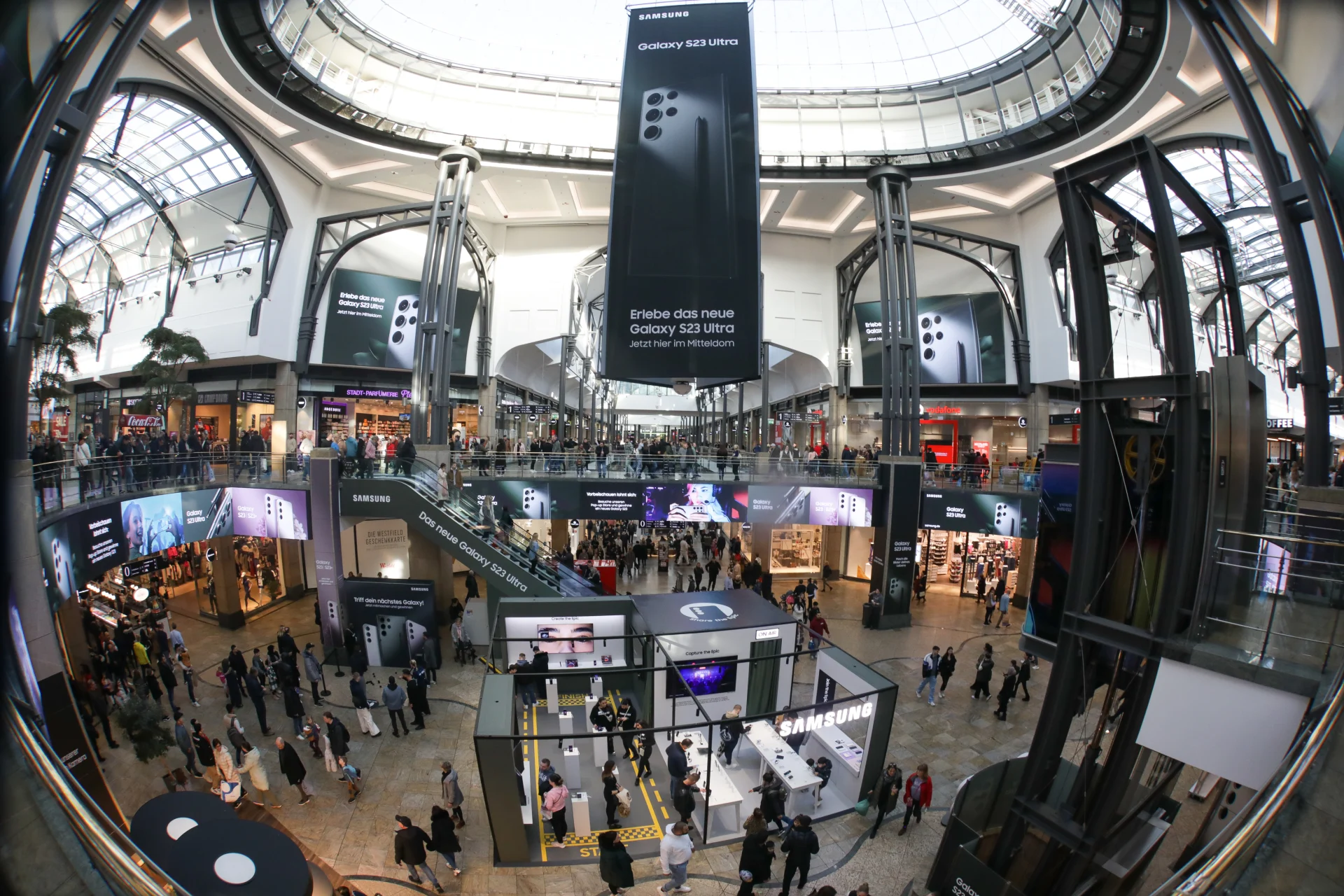Experiential Event's Guide
Brand Manager's Guide to Experiential Events
As a brand manager, you are likely to be constantly seeking innovative ways to engage your audience and create memorable experiences that will resonate with them. One such method that has been gaining traction in recent years is the use of experiential events.
Understanding Experiential Events and Activations
Experiential events are live, in-person experiences that allow consumers to engage with a brand in a tangible and interactive way.
Activations are marketing strategies designed to 'activate' or promote a product, service, or brand. Examples include signing up for a service or participating in a social media campaign.
Types of Experiential Events
Product Launches
Product launches are a common type of experiential event, often involving demonstrations, interactive exhibits, and opportunities for consumers to try the product for themselves.
For example, a product launch event for a new smartphone, featuring hands-on demos, creative workshops and tutorials, and exclusive offers for attendees. The goal is not just to introduce the product, but to create an immersive experience that makes attendees feel part of the product's story.
Roadshow Events
Roadshows and pop-up events are a great way to create buzz, attract new customers, generate social media coverage, and lean in on the limited-time nature of these events. Finding the right location that has an engaged audience who are ready to experience something new is crucial.
Types of Activations
Brand Activations
Brand activations are designed to generate awareness and engagement for a brand. They often encourage consumers to participate and share their experiences on social media. An example can be a branded photo booth at a music festival to a virtual reality experience at a trade show.
Product Activations
Product activations focus on promoting a specific product or service such as demonstrations, samples, or other opportunities for consumers to try the product. The goal is to generate interest, drive sales, and gather feedback.
Choosing the Right Experiential Event or Activation
Choosing the right type of experiential event or activation depends on a variety of factors, including your brand's goals, target audience, and budget. It's important to consider what type of experience will resonate most with your audience and align with your brand's values and messaging.
Remember, the goal of experiential marketing is not just to make a sale, but to create a memorable experience that strengthens the relationship between your brand and your audience. By choosing the right type of event or activation, you can create a powerful marketing tool that drives engagement, fosters loyalty, and boosts your bottom line.
Conclusion
Experiential events and activations offer a unique opportunity for brands to engage with their audience in a meaningful, memorable way. Whether you're launching a new product, promoting your brand, or looking to drive sales, these immersive experiences can be a powerful tool in your marketing arsenal.
By understanding the different types of experiential events and activations, and choosing the right one for your brand, you can create a marketing strategy that not only reaches your audience, but resonates with them on a deeper level.
Are you looking to partner with Westfield Rise to host your next experiential event? Contact us here and we can provide you with the perfect space.




